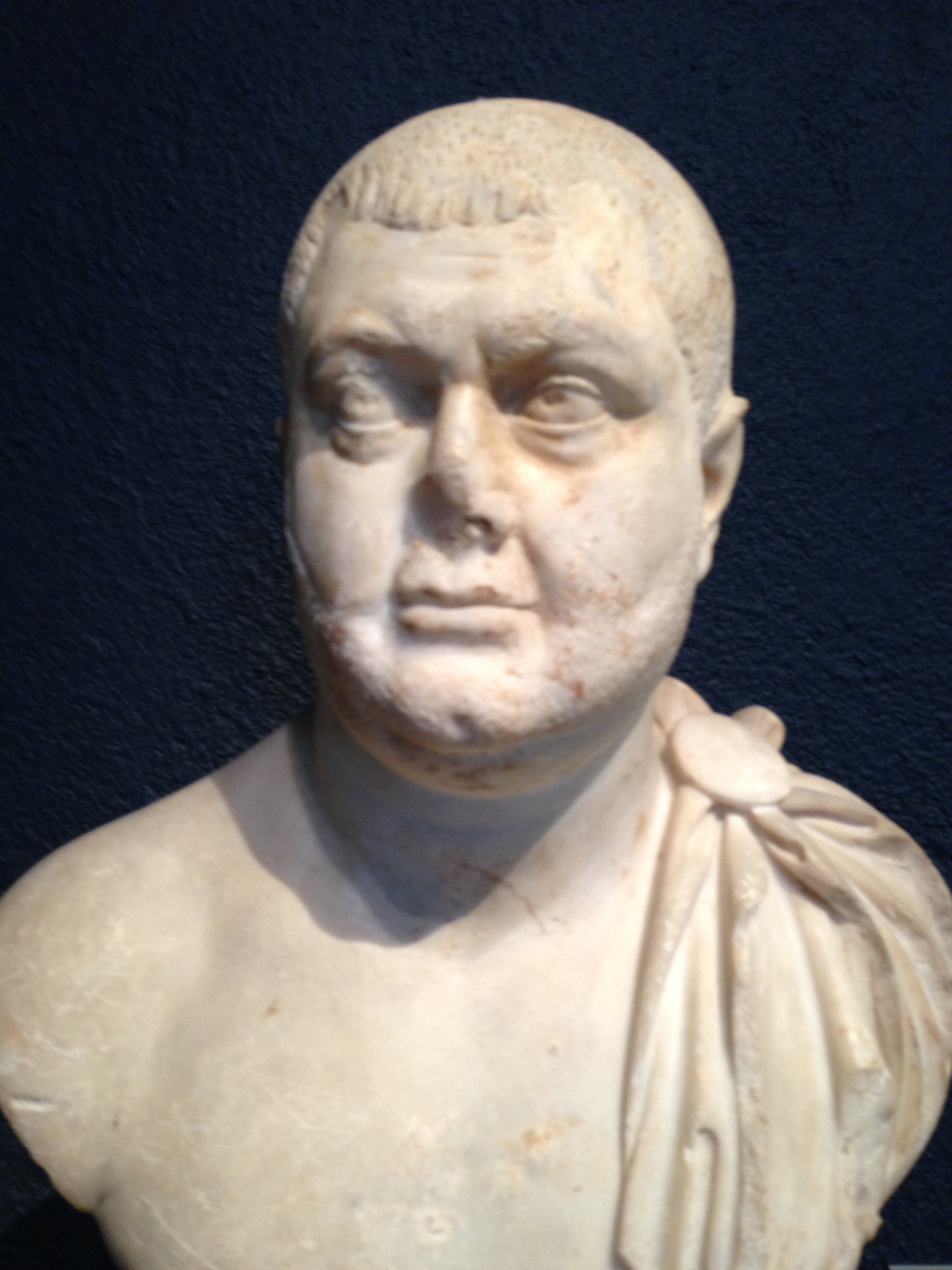

Results also showed that the stochastic process underlying the violent deaths of emperors is remarkably well captured by a (mixture) Weibull distribution.

Nonparametric and parametric results show that: (i) emperors faced a significantly high risk of violent death in the first year of their rule, which is reminiscent of infant mortality in reliability engineering (ii) their risk of violent death further increased after 12 years, which is reminiscent of wear-out period in reliability engineering (iii) their failure rate displayed a bathtub-like curve, similar to that of a host of mechanical engineering items and electronic components. We investigate the temporal signature of this seemingly haphazardous stochastic process that is the violent death of a Roman emperor, and we examine whether there is some structure underlying the randomness in this process or not. This work adopts the statistical tools of survival data analysis to an unlikely population, Roman emperors, and it examines a particular event in their rule, not unlike the focus of reliability engineering, but instead of their time-to-failure, their time-to-violent-death. What is not known, however, and has never been examined is the time-to-violent-death of Roman emperors. This has been known for a while, if not quantitatively at least qualitatively. Of the 69 rulers of the unified Roman Empire, from Augustus ( d.

One missing attribute in this list is, surprisingly, that this mighty office was most dangerous for its holder. Popular culture associates the lives of Roman emperors with luxury, cruelty, and debauchery, sometimes rightfully so.


 0 kommentar(er)
0 kommentar(er)
